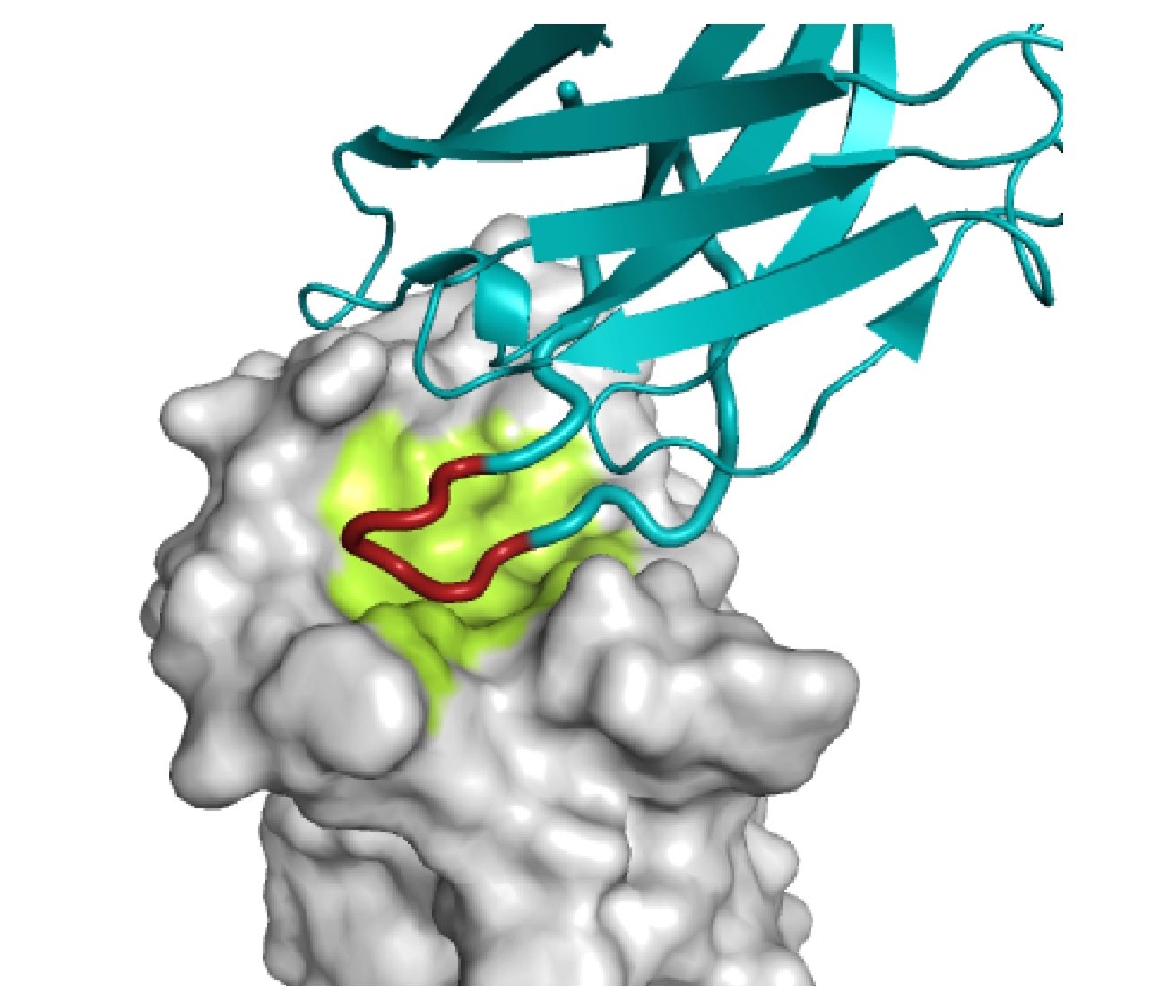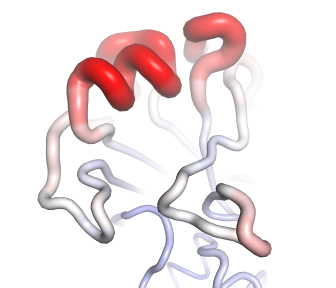Influenza virus
Due to the significant biomedical impact of influenza virus in my hometown, Hong Kong, I have been studying influenza virus since graduate school. In fact, influenza virus is a global heath concern that causes 250,000 to 500,000 deaths annually and up to millions in pandemic years.Evolutionary space of an epitope-paratope pair
 Evolution of influenza hemagglutinin (HA), which is the major antigen of influenza viruses, is constantly driven by the need for escaping from immune evasion (positive selection), but is also constrained by its indispensible function in host cell attachment and membrane fusion (negative selection). To investigate this dynamic process, I have utilized deep mutational scanning and X-ray crystallography to study the evolutionary constraints of the HA receptor-binding site (RBS) and of an RBS-targeted broadly neutralizing antibody (bnAb). Understanding these evolutionary constraints will provide important information for vaccine development and antiviral design.
Evolution of influenza hemagglutinin (HA), which is the major antigen of influenza viruses, is constantly driven by the need for escaping from immune evasion (positive selection), but is also constrained by its indispensible function in host cell attachment and membrane fusion (negative selection). To investigate this dynamic process, I have utilized deep mutational scanning and X-ray crystallography to study the evolutionary constraints of the HA receptor-binding site (RBS) and of an RBS-targeted broadly neutralizing antibody (bnAb). Understanding these evolutionary constraints will provide important information for vaccine development and antiviral design.References: Wu et al. 2017a, Wu et al. 2017b, Wu et al. 2018
Structural and functional consequences of egg-adaptation
 Chicken eggs remain the most common culture system for influenza vaccine production. During the vaccine production process, influenza often acquires egg-adaptive HA mutations to enhance its growth in eggs. However, some of the egg-adaptive mutations can significantly alter the antigenicity of HA, thereby dramatically lowering the vaccine’s efficacy. I have taken a structural biology approach to characterize a highly prevalent egg-adaptive HA mutation. These results are important for probing the biology that underpins the influenza vaccine production process.
Chicken eggs remain the most common culture system for influenza vaccine production. During the vaccine production process, influenza often acquires egg-adaptive HA mutations to enhance its growth in eggs. However, some of the egg-adaptive mutations can significantly alter the antigenicity of HA, thereby dramatically lowering the vaccine’s efficacy. I have taken a structural biology approach to characterize a highly prevalent egg-adaptive HA mutation. These results are important for probing the biology that underpins the influenza vaccine production process.References: Wu et al. 2017c